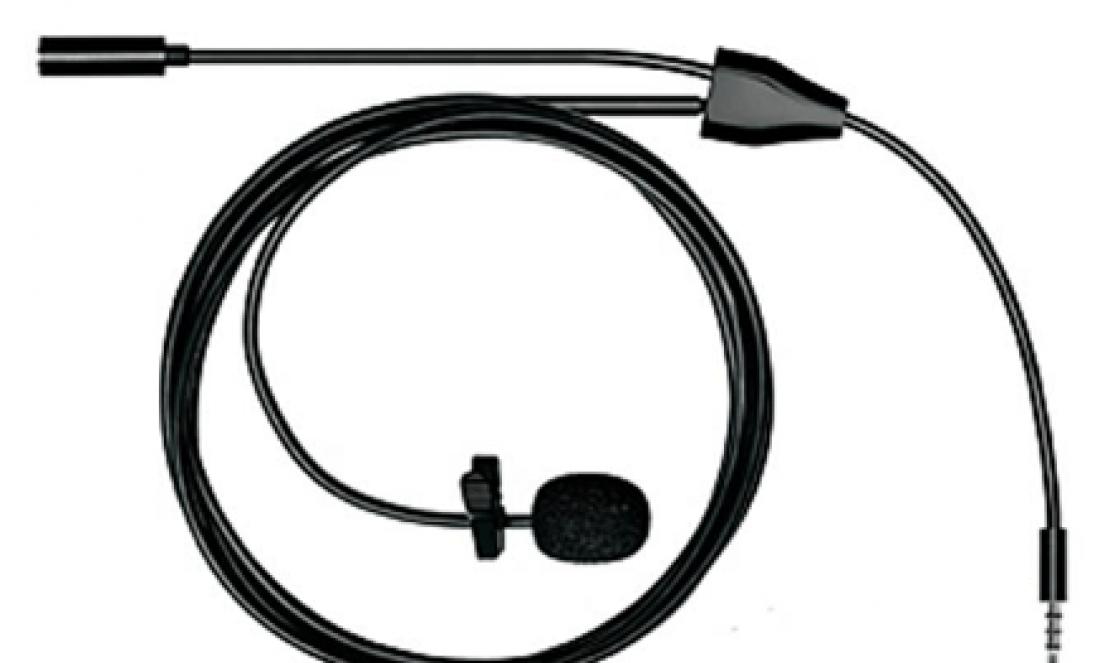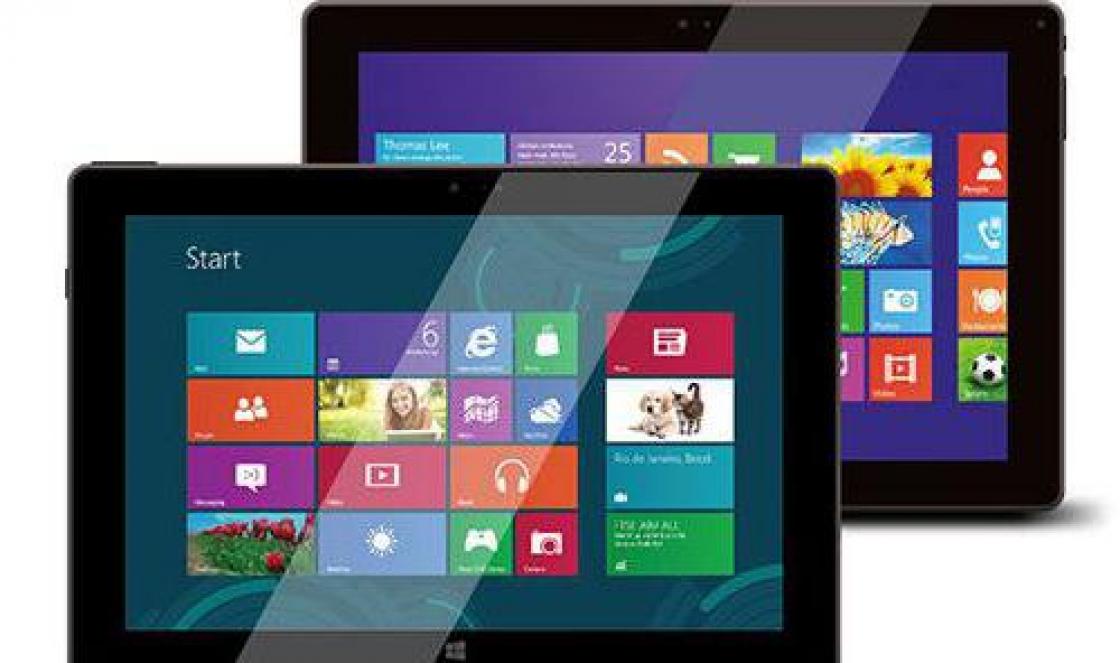Information about the make, model, and alternative names of the specific device, if available.
Design
Information about the dimensions and weight of the device, presented in different units of measurement. Materials used, colors offered, certificates.
| Width Width information - refers to the horizontal side of the device in its standard orientation during use. | 209 mm (millimeters) 20.9 cm (centimeters) 0.69 ft (feet) 8.23 in (inches) |
| Height Height information - refers to the vertical side of the device in its standard orientation during use. | 124.5 mm (millimeters) 12.45 cm (centimeters) 0.41 ft (feet) 4.9 in (inches) |
| Thickness Information about the thickness of the device in different units measurements. | 9.2 mm (millimeters) 0.92 cm (centimeters) 0.03 ft (feet) 0.36 in (inches) |
| Weight Information about the weight of the device in different units of measurement. | 335 g (grams) 0.74 lbs 11.82 oz (ounces) |
| Volume The approximate volume of the device, calculated based on the dimensions provided by the manufacturer. Refers to devices with the shape of a rectangular parallelepiped. | 239.39 cm³ (cubic centimeters) 14.54 in³ (cubic inches) |
| Colors Information about the colors in which this device is offered for sale. | Black White |
| Materials for making the case Materials used to make the device body. | Plastic |
SIM card
The SIM card is used in mobile devices to store data that certifies the authenticity of mobile service subscribers.
Mobile networks
A mobile network is a radio system that allows multiple mobile devices to communicate with each other.
Mobile communication technologies and data transfer speeds
Communication between devices on mobile networks is carried out using technologies that provide different data transfer rates.
Operating system
An operating system is a system software that manages and coordinates the operation of hardware components in a device.
SoC (System on Chip)
A system on a chip (SoC) includes all the most important hardware components of a mobile device on one chip.
| SoC (System on Chip) A system on a chip (SoC) integrates various hardware components, such as a processor, graphics processor, memory, peripherals, interfaces, etc., as well as the software necessary for their operation. | MediaTek MT8312 |
| Process Information about the technological process by which the chip is manufactured. Nanometers measure half the distance between elements in the processor. | 28 nm (nanometers) |
| Processor (CPU) The primary function of a mobile device's processor (CPU) is to interpret and execute instructions contained in software applications. | ARM Cortex-A7 |
| Processor size The size (in bits) of a processor is determined by the size (in bits) of the registers, address buses, and data buses. 64-bit processors have higher performance compared to 32-bit processors, which in turn are more powerful than 16-bit processors. | 32 bit |
| Instruction Set Architecture Instructions are commands with which the software sets/controls the operation of the processor. Information about the instruction set (ISA) that the processor can execute. | ARMv7 |
| Level 1 cache (L1) Cache memory is used by the processor to reduce access time to more frequently used data and instructions. L1 (level 1) cache is small in size and works much faster as system memory, and other levels of cache memory. If the processor does not find the requested data in L1, it continues to look for it in the L2 cache. On some processors, this search is performed simultaneously in L1 and L2. | 32 kB + 32 kB (kilobytes) |
| Level 2 cache (L2) L2 (level 2) cache is slower than L1 cache, but in return it has a higher capacity, allowing it to cache more data. It, like L1, is much faster than system memory (RAM). If the processor does not find the requested data in L2, it continues to look for it in the L3 cache (if available) or in RAM memory. | 256 kB (kilobytes) 0.25 MB (megabytes) |
| Number of processor cores The processor core executes software instructions. There are processors with one, two or more cores. Having more cores increases performance by allowing multiple instructions to be executed in parallel. | 2 |
| CPU clock speed The clock speed of a processor describes its speed in terms of cycles per second. It is measured in megahertz (MHz) or gigahertz (GHz). | 1300 MHz (megahertz) |
| Graphics Processing Unit (GPU) The Graphics Processing Unit (GPU) handles calculations for various 2D/3D graphics applications. IN mobile devices it is used most often by games, consumer interface, video applications, etc. | ARM Mali-400 MP1 |
| Number of cores GPU Like a CPU, a GPU is made up of several working parts called cores. They handle graphics calculations for various applications. | 1 |
| GPU clock speed Speed of work is clock frequency GPU speed, which is measured in megahertz (MHz) or gigahertz (GHz). | 500 MHz (megahertz) |
| Volume RAM(RAM) Random Access Memory (RAM) in use operating system and all installed applications. Data stored in RAM is lost after the device is turned off or restarted. | 1 GB (gigabytes) |
Built-in memory
Each mobile device has built-in (non-removable) memory with a fixed capacity.
Memory cards
Memory cards are used in mobile devices to increase the storage capacity for storing data.
Screen
The screen of a mobile device is characterized by its technology, resolution, pixel density, diagonal length, color depth, etc.
| Type/technology One of the main characteristics of the screen is the technology by which it is made and on which the quality of the information image directly depends. | TFT |
| Diagonal For mobile devices, screen size is expressed by the length of its diagonal, measured in inches. | 8 in (inches) 203.2 mm (millimeters) 20.32 cm (centimeters) |
| Width Approximate screen width | 6.78 in (inches) 172.31 mm (millimeters) 17.23 cm (centimeters) |
| Height Approximate screen height | 4.24 in (inches) 107.7 mm (millimeters) 10.77 cm (centimeters) |
| Aspect Ratio The ratio of the dimensions of the long side of the screen to its short side | 1.6:1 16:10 |
| Permission Screen resolution shows the number of pixels vertically and horizontally on the screen. Higher resolution means clearer image detail. | 1280 x 800 pixels |
| Pixel Density Information about the number of pixels per centimeter or inch of the screen. Higher density allows information to be displayed on screen with clearer detail. | 189 ppi (pixels per inch) 74 ppcm (pixels per centimeter) |
| Color depth Screen color depth reflects the total number of bits used for color components in one pixel. Information about the maximum number of colors that the screen can display. | 24 bit 16777216 flowers |
| Screen area Approximate percentage of screen area occupied by the screen on the front of the device. | 71.55% (percent) |
| Other characteristics Information about other screen features and characteristics. | Capacitive Multi-touch |
Sensors
Different sensors perform different quantitative measurements and convert physical indicators into signals that a mobile device can recognize.
Rear camera
The main camera of a mobile device is usually located on its back panel and may be combined with one or more secondary cameras.
| Sensor type Information about the camera sensor type. Some of the most widely used types of sensors in mobile device cameras are CMOS, BSI, ISOCELL, etc. | CMOS (complementary metal-oxide semiconductor) |
| Image Resolution One of the main characteristics of cameras is resolution. It represents the number of horizontal and vertical pixels in an image. For convenience, smartphone manufacturers often list resolution in megapixels, indicating the approximate number of pixels in millions. | 1600 x 1200 pixels 1.92 MP (megapixels) |
| Video resolution Information about the maximum video resolution that the camera can record. | 1280 x 720 pixels 0.92 MP (megapixels) |
| Video recording speed (frame rate) Information about the maximum recording speed (frames per second, fps) supported by the camera at maximum resolution. Some of the most basic video recording speeds are 24 fps, 25 fps, 30 fps, 60 fps. | 30fps (frames per second) |
| Characteristics Information about additional software and hardware features of the rear (rear) camera. | Digital zoom |
Front camera
Smartphones have one or more front cameras of various designs - a pop-up camera, a rotating camera, a cutout or hole in the display, an under-display camera.
Audio
Information about the type of speakers and audio technologies supported by the device.
Radio
The radio of the mobile device is a built-in FM receiver.
Location determination
Information about the navigation and location technologies supported by your device.
WiFi
Wi-Fi is a technology that provides wireless communication for transmitting data over close distances between various devices.
Bluetooth
Bluetooth is a standard for secure wireless data transfer between various devices of different types over short distances.
USB
USB (Universal Serial Bus) is an industry standard that allows different electronic devices to exchange data.
Headphone jack
This is an audio connector, also called an audio jack. The most widely used standard in mobile devices is the 3.5mm headphone jack.
Connecting devices
Information about other important connection technologies supported by your device.
Browser
A web browser is a software application for accessing and viewing information on the Internet.
Video file formats/codecs
Mobile devices support different video file formats and codecs, which respectively store and encode/decode digital video data.
Accelerometer(or G-sensor) - sensor of the device’s position in space. As a main function, the accelerometer is used to automatically change the orientation of the image on the display (vertical or horizontal). Also, G-sensor is used as a pedometer, it can be controlled various functions device by turning or shaking.
Gyroscope- a sensor that measures rotation angles relative to a fixed coordinate system. Capable of measuring rotation angles in several planes simultaneously. A gyroscope together with an accelerometer allows you to accurately determine the position of the device in space. Devices that use only accelerometers have lower measurement accuracy, especially when moving quickly. Also, the capabilities of the gyroscope can be used in modern games for mobile devices.
Light sensor- a sensor that sets the optimal brightness and contrast values for a given light level. The presence of a sensor allows you to increase the battery life of the device.
Proximity sensor- a sensor that detects when the device is close to your face during a call, turns off the backlight and locks the screen, preventing accidental clicks. The presence of a sensor allows you to increase the battery life of the device.
Geomagnetic sensor- a sensor for determining the direction of the world in which the device is directed. Tracks the orientation of the device in space relative to the magnetic poles of the Earth. The information received from the sensor is used in mapping programs for terrain orientation.
Atmospheric pressure sensor- sensor for precise measurement atmospheric pressure. It is part of the GPS system, allows you to determine altitude above sea level and speed up location determination.
Touch ID- fingerprint identification sensor.
Accelerometer
Satellite navigation:
GPS(Global Positioning System - global system positioning) - satellite system navigation, providing measurement of distance, time, speed and determining the location of objects anywhere on the Earth. The system is developed, implemented and operated by the US Department of Defense. The basic principle of using the system is to determine location by measuring distances to an object from points with known coordinates - satellites. The distance is calculated by the delay time of signal propagation from sending it by the satellite to receiving it by the antenna of the GPS receiver.
GLONASS(Global Navigation Satellite System) - Soviet and Russian satellite navigation system, developed by order of the USSR Ministry of Defense. The measurement principle is similar to the American GPS navigation system. GLONASS is designed for operational navigation and timing support for land, sea, air and space-based users. The main difference from the GPS system is that GLONASS satellites in their orbital motion do not have resonance (synchrony) with the rotation of the Earth, which provides them with greater stability.
Windows 10 Mobile is a universal operating system that runs on both small-screen smartphones and larger devices. However, manufacturers are wondering - will Windows 10 Mobile really look great on large screens? While most manufacturers are on the fence, Alcatel introduced the OneTouch Pixi 3 (8) tablet at CES 2016.
The 8-inch tablet is designed for the budget segment of the market. And although Alcatel has not yet announced the price of the device, we are sure that the OneTouch Pixi 3 (8) will be entry-level. This means that the OneTouch Pixi 3 (8) tablet has no direct competition in the market.
Design
From a design point of view, Alcatel OneTouch Pixi 3 (8) is made of plastic. The dimensions of the tablet are 209 x 124.9 x 8.3 mm. The power/lock button and volume controls are within easy reach. On the opposite side of the buttons there is a plastic plug, under which there are ports for SIM and MicroSD cards.

Characteristics
When we turned on the tablet, we immediately noticed the brightness, which is very good. The screen resolution is 1280x800 pixels, which is not the best, but quite good for a budget device.
Concerns about Windows 10 on tablets are quite justified - live tiles look very nice on devices less than six inches, however, on the 8-inch Alcatel OneTouch Pixi 3 (8) they look out of place. Live tiles don't run exactly smoothly, which is to be expected since there's a less-than-powerful 1.3GHz quad-core processor and 1GB of RAM inside.
Since the Alcatel OneTouch Pixi 3 (8) is an entry-level tablet, one of the most interesting features Windows platforms 10 is not supported. We are talking about the Continuum function.

The tablet works great phone calls And text messages. By the way, the 8-inch tablet can work as a full-fledged smartphone. And while it's a little silly to hold a tablet near your ear, you can use an extra Bluetooth headset for calls.
Alcatel OneTouch Pixi 3 (8) is equipped with 8 GB of internal memory, which is quite small for a tablet, but the solution is MicroSD card up to 32 GB.
The tablet offers two cameras – a 2-megapixel front camera and a 5-megapixel main camera.

Summing up
The Alcatel OneTouch Pixi 3 (8) is an affordable Windows tablet that I would happily use for everyday tasks.
The tablet is designed for emerging markets where the standard user cannot afford a tablet and a smartphone at the same time, while the Alcatel OneTouch Pixi 3 (8) is capable of combining two devices in one.





